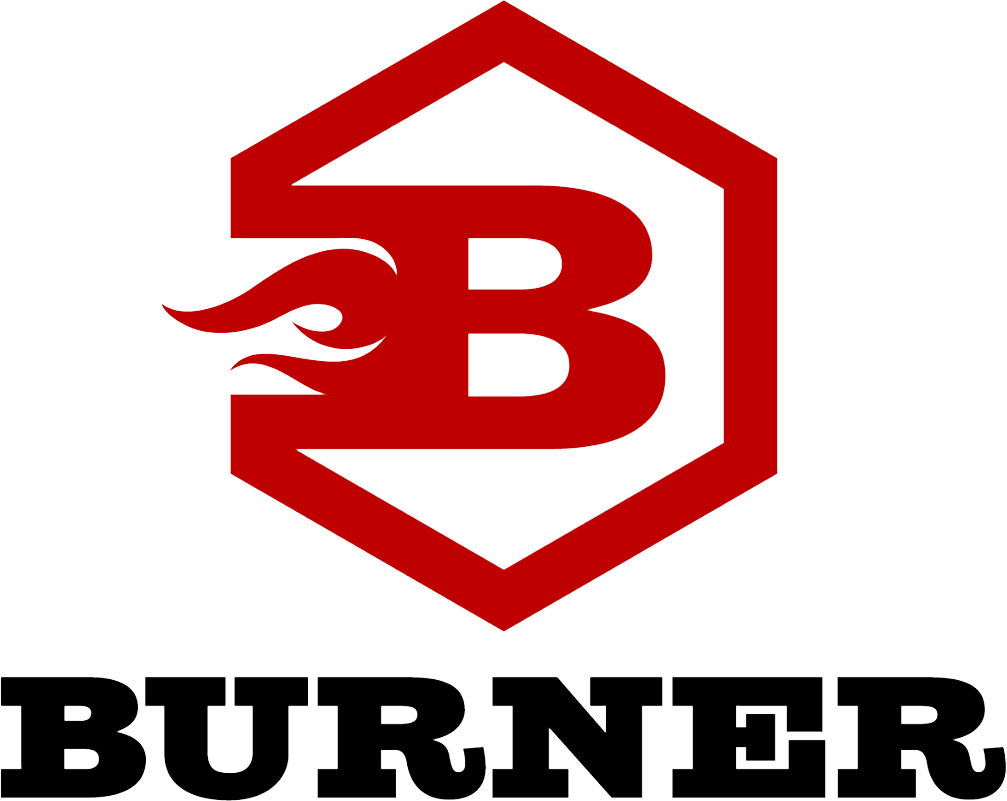Emergency responses to LNG incidents generally involve a spill or fire. For spills inside LNG facilities, the product will usually be diverted to containment impounding pits. Vapors are produced and may be in their flammable range.
LNG EMERGENCY RESPONSE AND FIREFIGHTING
The recommended methods for dealing with an unignited and contained LNG spill include high-expansion foam and/or water curtains. High-expansion foam reduces the vaporization, thereby reducing the vapor cloud. It cannot, however, completely prevent vaporization. Initially, it may increase the rate, since the foam adds heat to the LNG. However, once this vapor surge is dispersed, the foam reduces vaporization. Tests using high-expansion foam have shown a 60-percent vapor reduction. (1) Using nonaspirated or low-expansion foams does not significantly reduce vaporization and should not be used; water curtains can be used to control the vapor cloud. Do not allow runoff to come in contact with the LNG pool, because it will increase the vaporization rate.
For burning pool fires, the use of high-expansion foam, dry chemical (such as potassium bicarbonate), and exposure protection are recommended tactics. For complete extinguishment, only dry chemical will be effective. (Portable high-expansion foam generators may not be effective, since radiant heat may not allow the proper positioning of the generator.) High-expansion foam should be used to reduce vapors and radiant heat; the LNG will continue to burn through the foam and can either be left to burn, consuming the fuel, or extinguished using dry chemical. A three-foot blanket of foam should be maintained on top of the LNG.12 Exposed equipment can be protected with water streams.
Jet fires may occur in pressurized LNG vaporizers or the unloading during tanker operations. A jet fire may cause severe damage, be confined to a localized area, and would be limited by safety systems that would stop the flow.
Full Article on Fire Engineering®


